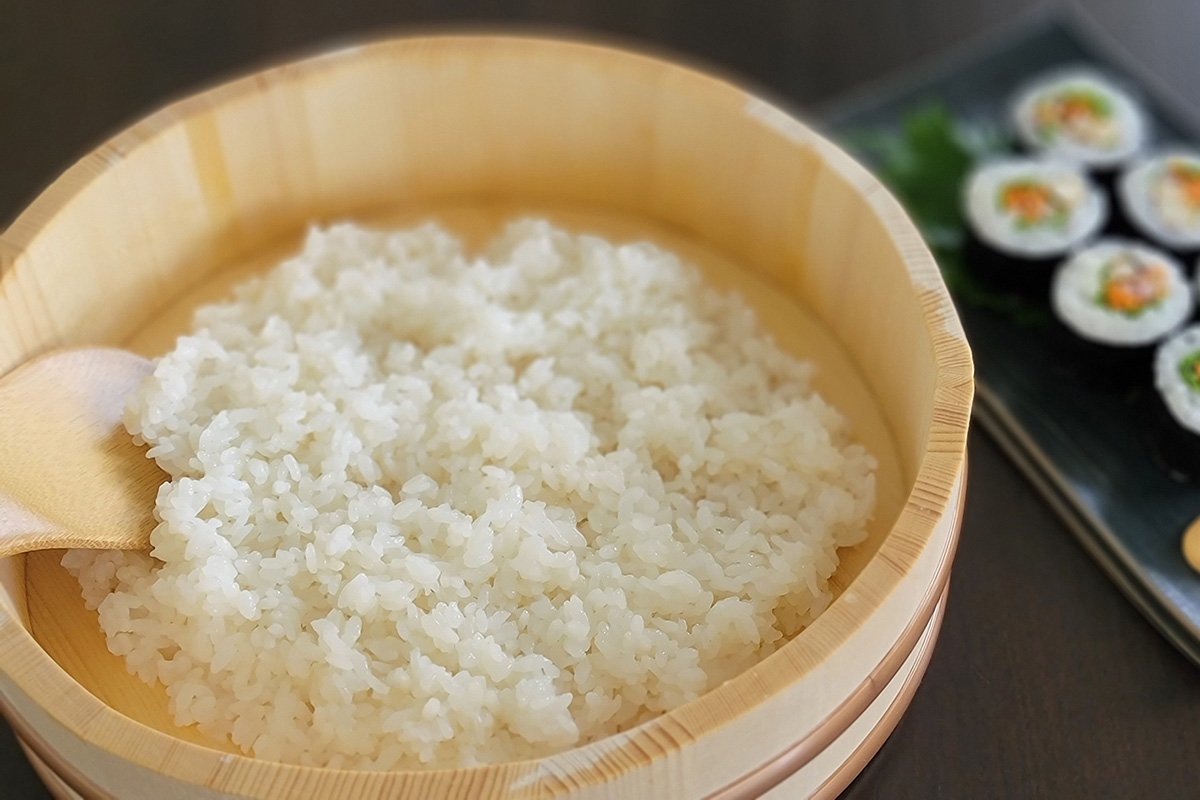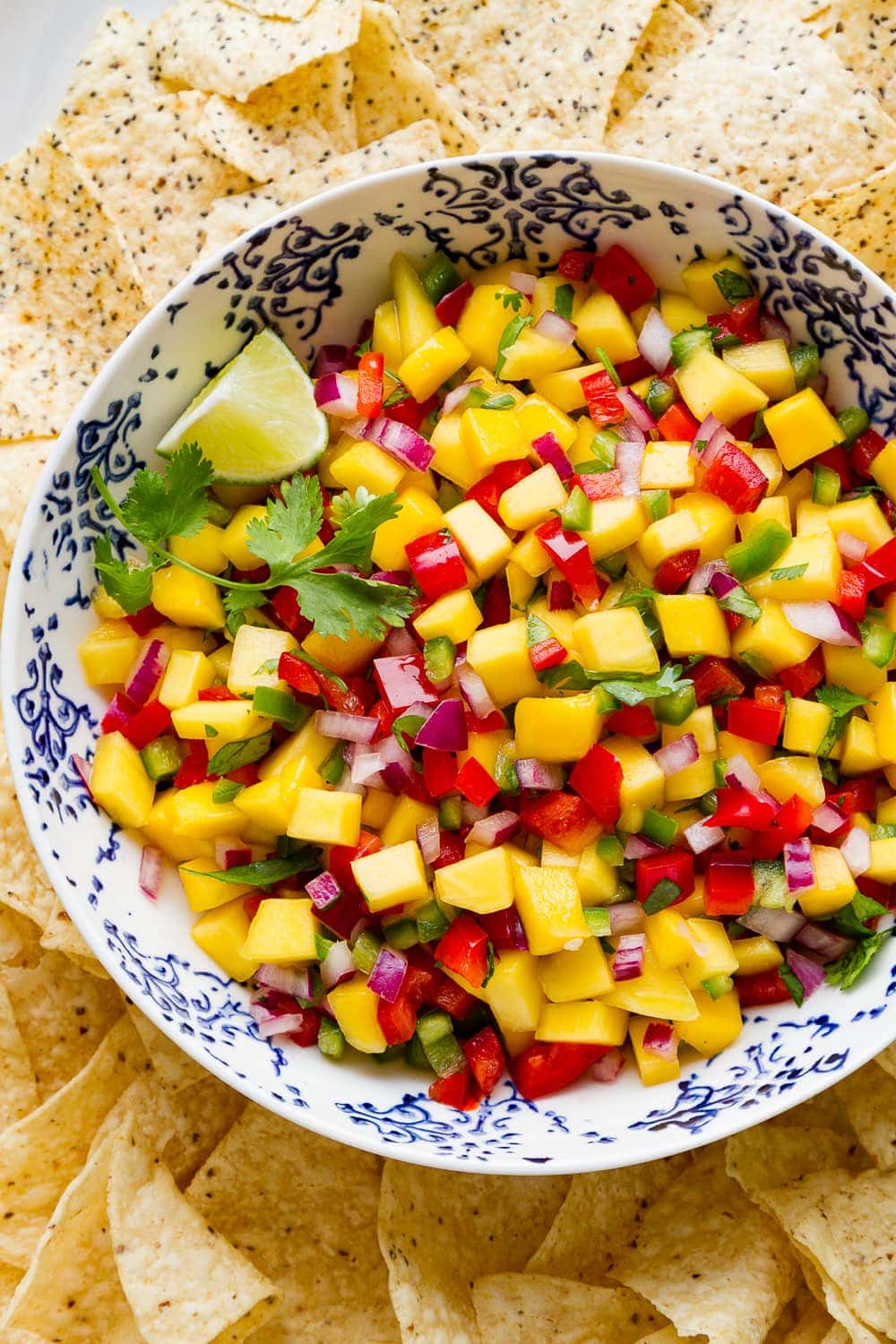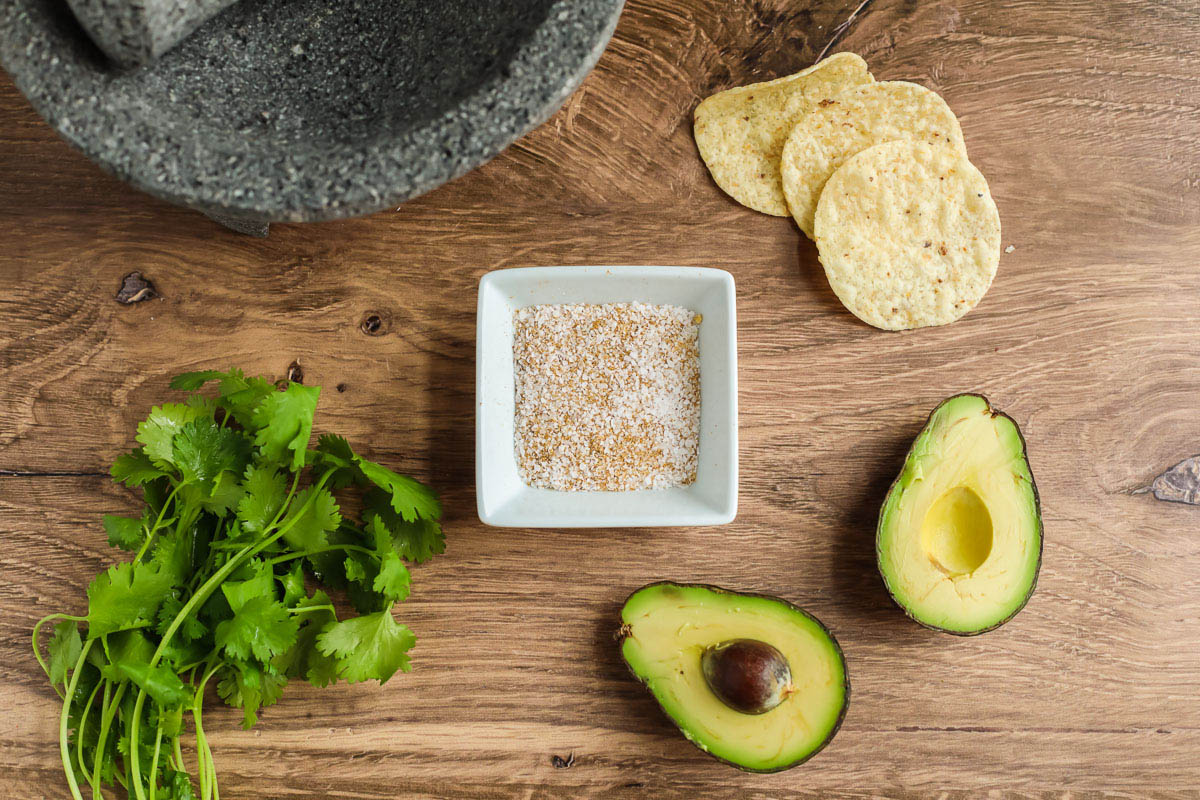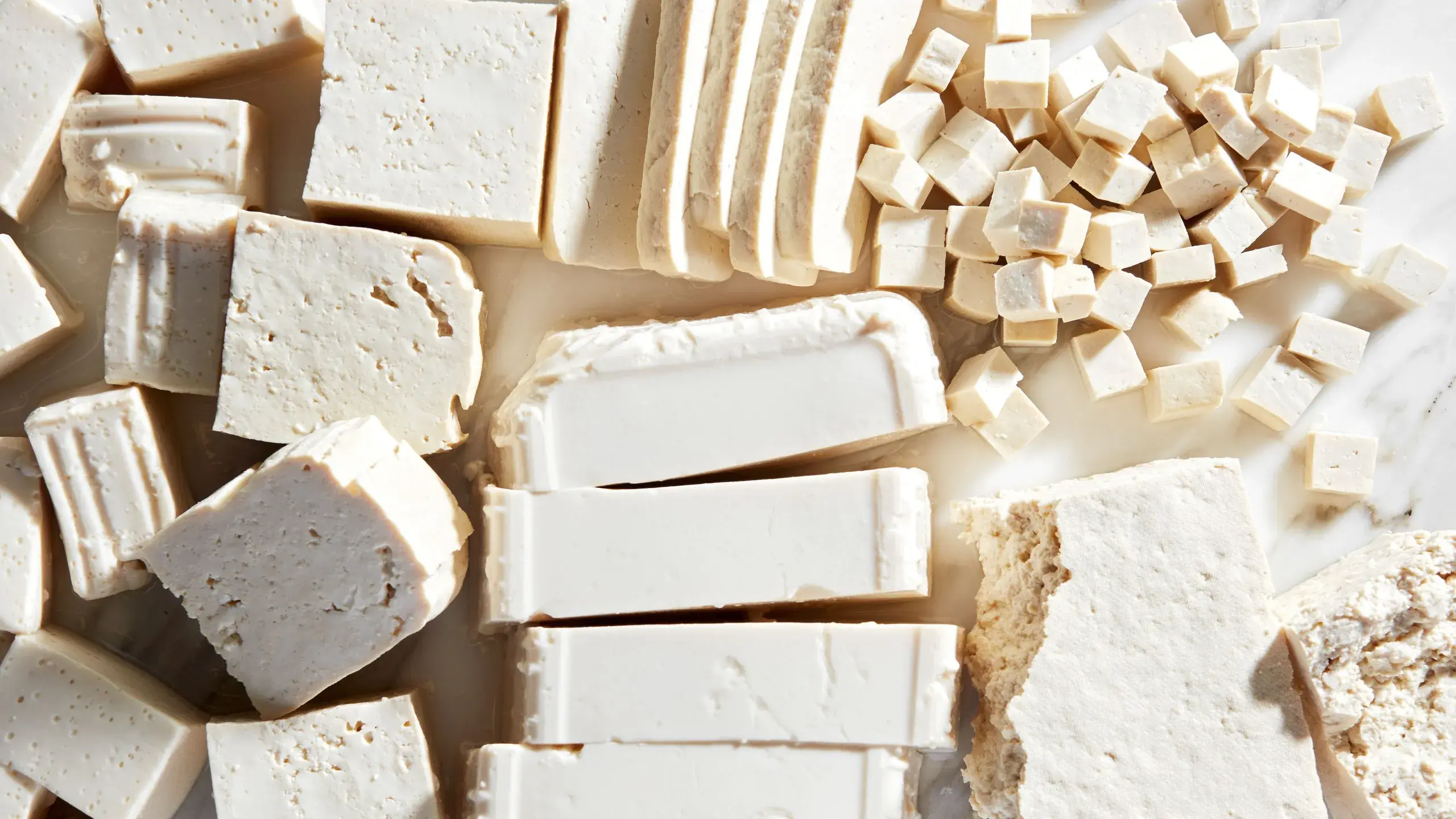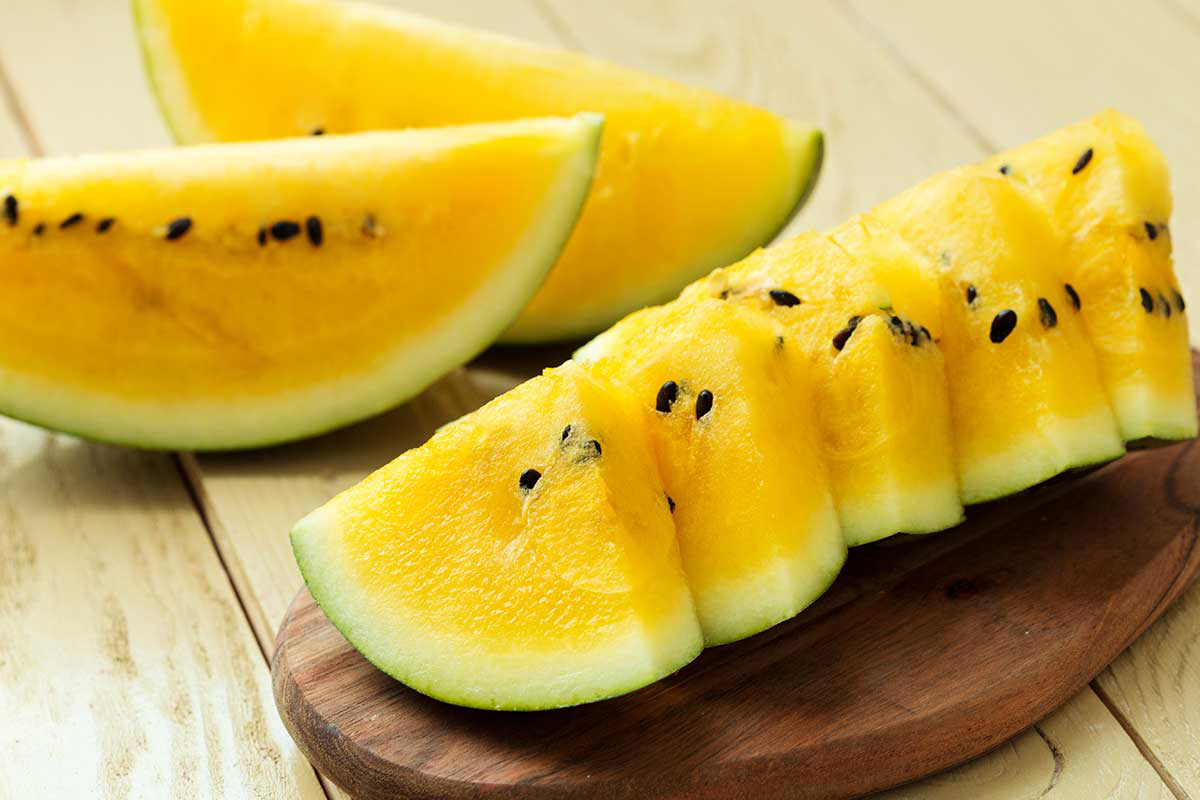Understanding Stone Fruit: A Delicious and Nutritious Addition to Your Diet
When it comes to enjoying the bounty of nature’s delicious offerings, few things compare to the juicy sweetness of stone fruit. But what exactly is stone fruit, and why should you consider adding it to your diet? Let’s delve into the world of stone fruit and explore its many benefits and delectable flavors.
What is Stone Fruit?
Stone fruit, also known as drupes, refers to a category of fruits that contain a large, hard pit or “stone” at the center. This stone is surrounded by a fleshy outer layer, which is what we typically consume. Some common examples of stone fruit include:
- Peaches
- Plums
- Nectarines
- Cherries
- Apricots
These fruits are not only delicious but also packed with essential nutrients that can contribute to a well-rounded and healthy diet.
The Nutritional Benefits of Stone Fruit
Stone fruit is not only a tasty treat but also a nutritional powerhouse. Here are some of the key benefits of including stone fruit in your diet:
- Vitamins and Minerals: Stone fruit is rich in essential vitamins and minerals, including vitamin C, vitamin A, potassium, and fiber.
- Antioxidants: Many varieties of stone fruit contain antioxidants, which can help protect the body from oxidative stress and inflammation.
- Hydration: With their high water content, stone fruits can contribute to your daily hydration needs, keeping you feeling refreshed and energized.
- Digestive Health: The fiber found in stone fruit can support healthy digestion and regularity.
Ways to Enjoy Stone Fruit
There are countless ways to incorporate the delicious flavors of stone fruit into your meals and snacks. Here are a few ideas to get you started:
- Fresh: Enjoy ripe, juicy stone fruit on its own as a refreshing snack.
- Salads: Add sliced peaches or nectarines to a fresh green salad for a burst of sweetness.
- Smoothies: Blend plums, cherries, or apricots into a delicious and nutritious smoothie.
- Grilled: Try grilling peaches or apricots for a caramelized, smoky-sweet dessert.
- Baking: Incorporate diced stone fruit into muffins, cobblers, or pies for a delightful treat.
Choosing and Storing Stone Fruit
When selecting stone fruit, look for fruits that are slightly firm but yield to gentle pressure. Avoid fruits with bruises or overly soft spots. Once you’ve brought your stone fruit home, store it at room temperature to allow it to ripen fully. Once ripe, you can refrigerate the fruit to prolong its shelf life and enjoy it at its peak freshness.
In Conclusion
Stone fruit is not only a delicious addition to your diet but also a nutritious one. Packed with vitamins, minerals, and antioxidants, these fruits offer a range of health benefits while satisfying your sweet cravings. Whether enjoyed fresh, added to recipes, or blended into beverages, stone fruit is a versatile and delightful option for anyone looking to embrace the flavors of the season.
So, the next time you’re at the market, be sure to pick up some ripe peaches, plums, or nectarines and savor the natural goodness of stone fruit.
Was this page helpful?
Read Next: What Is Wheat Protein?
